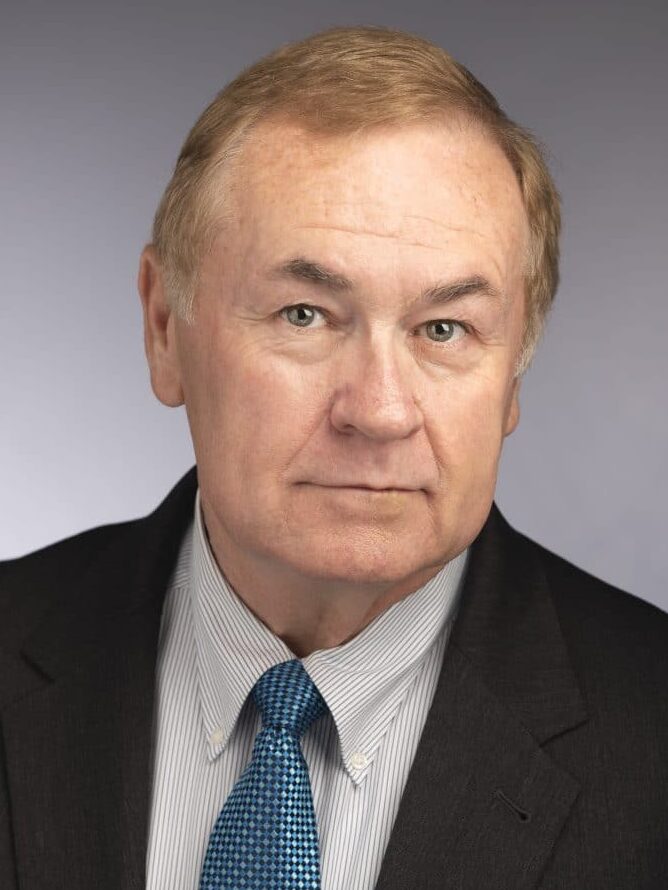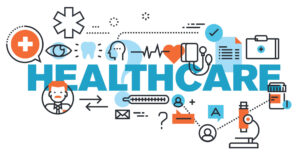After many weeks of rumors and suggestion, the Small Business Administration (SBA) has “officially” withdrawn its Paycheck Protection Program (PPP) Loan Necessity Questionnaires (Form 3509 for for-profit borrowers and Form 3510 for borrowers from the not-for-profit sector). According to an article in the Journal of Accountancy, the SBA announced in a notice sent to lenders on July 9, 2021, that it will no longer be requesting either version of the form. The changes are effective immediately, and the SBA said it would soon provide more details.
This change is welcome news for borrowers with PPP loans in excess of $2 million. As the PPP loan forgiveness deadline approaches, Grossman Yanak & Ford LLP has been assisting borrowers in completing these forms, which were intended to provide substantive information to the SBA in furtherance of proving financial need for the borrowed funds.
Unfortunately, the requirement that there actually be an “economic necessity” was not part of the original PPP requirements set forth in the CARES Act enacted on March 27, 2020. At that date, applicants only had to be “uncertain” as to the future to qualify for the loans. With broad elements of the U.S. and worldwide economies being shut down simultaneously for the first time ever, it seemed that uncertainty was the rule rather than the exception. As long as the uncertainty created by the pandemic existed at the date of application, these borrowers would qualify under those standards. (see related post).
Additional scrutiny regarding the economic need of organizations requesting PPP loans was a result of media coverage illustrating that certain borrowers may have had access to other funds, and that these borrowers were inappropriately taking advantage of the government relief program. To combat these occurrences and to defeat such unneeded future borrowings, the SBA announced that all loans in excess of $2 million dollars would be audited.
The Loan Necessity Questionnaires were added to the loan forgiveness process in November 2020, to assist the SBA with evaluating these larger borrowers’ needs for the funds (see related post). In response, many professional organizations argued that this new requirement caused undue burden and delays, and urged the SBA to reconsider the decision (see related post). The primary problem with the forms was the depth of information requested and the insufficient space for borrowers to respond. As a result of the forms’ limitations, borrowers would be exposed to subjective determinations of economic necessity by the SBA and unable to provide additional information without an appeals process, which would involve more time and cost.
To be sure, there may be borrowers that, ultimately, did not need those funds and took advantage of the PPP program. However, given the unknowns at that time and the only requirement being “future economic uncertainty,” these businesses did not run afoul of the rules in place at the date of application. Changing the rules after applications were submitted created an unfair environment for larger borrowers (who still had to spend the money on payroll, thereby protecting jobs, and qualified expenses to obtain forgiveness).
The purpose of PPP loans was to preserve as many jobs as possible and keep employees off the unemployment rolls. To that end, and to the extent that borrowers requesting total forgiveness did use the borrowed fund for that purpose, the program was successful. There is little doubt that Congress might have imposed tighter qualification requirements at the program’s inception, but the program was launched very quickly. One has to give Congress some benefit of the doubt in prioritizing speed to make the funds available to preserve the economy in light of COVID-19. On March 27, 2020, nobody would have imagined that the effects of the pandemic would last so long. Moreover, while the supply chain challenges and many other aspects impacting business operations remain in a catch-up mode, the overall strength of the current economy in the United States has proven extremely resilient and remains strong. The PPP loan program played a substantial role in this positive outcome.
Grossman Yanak and Ford LLP views the withdrawal of these forms as a major win for larger borrowers who applied on the basis of uncertainty and spent the money in accordance with Congressional intent. In assessing the propriety of these loans, it is important to understand that the maximum loans were based on 2.5 months of average payroll. Thus, larger loans were given to employers who, at the end of the day, had substantial employee counts and significant payroll costs. As such, these borrowers maintained larger portions of the United States workforces during the crisis.
Should you have questions or need assistance, please contact Bob Grossman, Don Johnston or Mike Weber at 412-338-9300.
CAUTION: It is important to note that the withdrawal of the Loan Necessity Questionnaires does not mean that the SBA will not continue to audit loans over $2 million. Question 39 of the June 8, 2021, SBA’s PPP Frequently Asked Questions (FAQs) reminds borrowers that, “To further ensure PPP loans are limited to eligible borrowers in need, the SBA has decided, in consultation with the Department of the Treasury, that it will review all loans in excess of $2 million, in addition to other loans as appropriate, following the lender’s submission of the borrower’s loan forgiveness application.”
In the recent Notice, the SBA indicated that the withdrawal of the forms will be followed up with additional FAQs, and it is expected that the SBA will continue to examine loan forgiveness applications. In fact, in recent days and weeks, GYF professionals have received requests from the SBA for additional borrower information as a follow-up to the submission of the loan forgiveness applications. In many cases, we have observed that some of the information that was noted in the forgiveness forms’ instructions as data that should be maintained but NOT submitted, is now being requested for submission, along with original loan application documents.
Related posts:
SBA Issues Notice Relating to Its Assessment of Economic Uncertainty
Professional Organizations Form Coalition to Respond to the SBA’s Loan Necessity Questionnaires
SBA Adds FAQ#53 to Address PPP Loan Necessity Questionnaires






